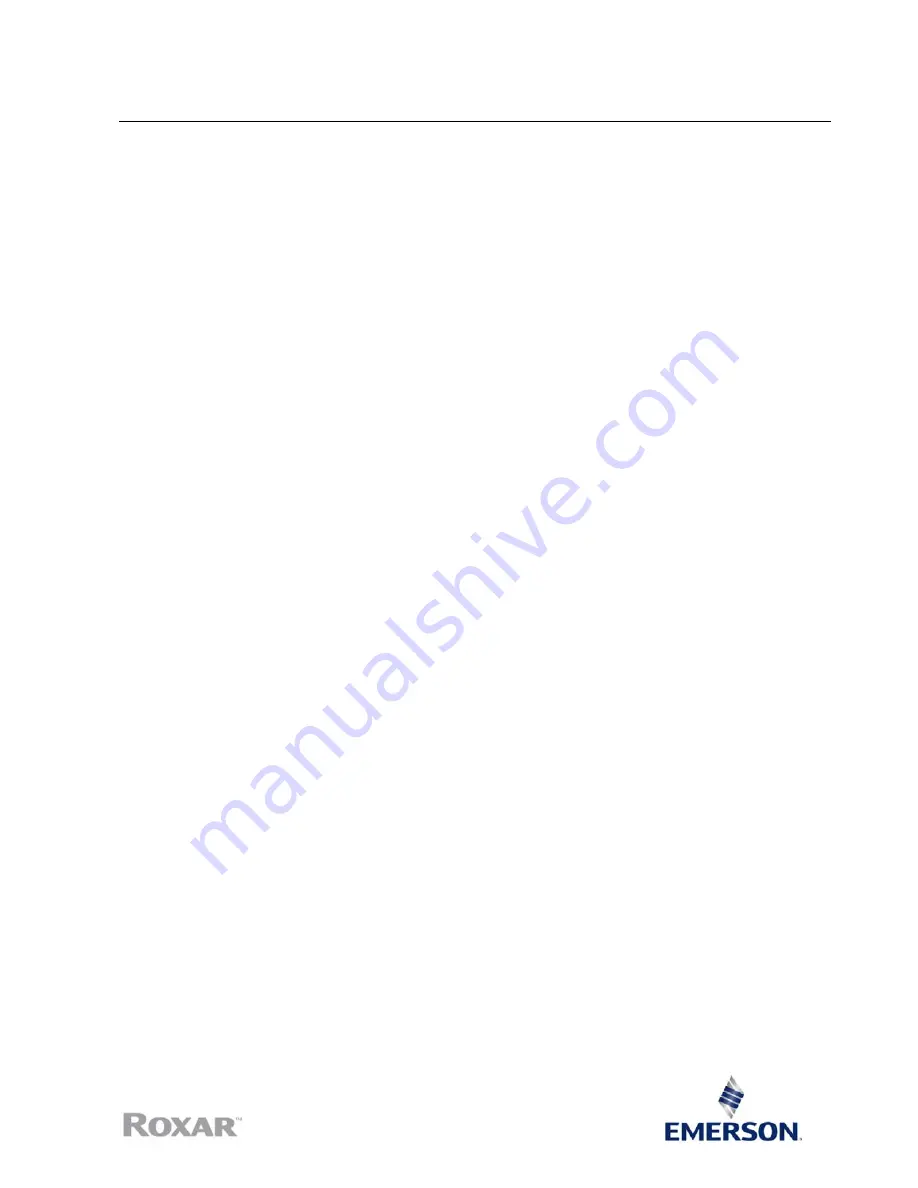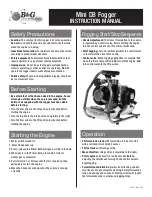
User Manual
Document no. / rev.: ROX000337352_AE
Hydraulic Retrieval Tool
32
4.4.2 Service Valve
With reference to service valve GA drawing in attachment 2.
Maintenance of the service valve is basically determined by the environment in the process pipe.
Presence of sand or other deposits will require frequent cleaning of the valve, maybe as often as after
each retrieval / installation operation, while when used with “clean” liquids, daily cleaning might be
sufficient.
After each use, check if the valve can easily be opened / closed. If the rotation of the ball is obstructed
by dirt, it must be cleaned. For “quick” cleaning, compressed air can be blown inside the valve (around
the ball) to remove all deposits. Then lubricate the ball with oil, and check that it rotates properly before
next use. If this is not successful, the valve must be disassembled and serviced as described below.
Before storage of the service valve, it should be disassembled and cleaned properly, as described in
the following instructions:
Disassembly and cleaning:
1. Remove the handle (10-11)
2. Loosen the eight bolts (18), and remove the end section (36)
3. Rotate the stem of the upper ball section (1) to “closed” position, and then remove
the ball (5) Remove the ball seat (4)
4. Remove the circlip ring(23)
5. Remove stop ring (9)
6. Push the stem (8) into the main body upper section (1)
7. Repeat the steps 4-6 for the 2
nd
ball in main body service valve (2)
8. If the main seals (7) needs replacement, then unscrew the seal carriers (6)
9. Unscrew and remove the bleed valve (38)
10. Unscrew both by- pass valve housing (13) to remove the bypass valves
If the seals on the by- pass valve stem need to be replaced, disassemble the by- pass valve as follows:
1. Loosen set screw (20)
2. Remove by- pass valve handle (19)
3. Unscrew by- pass valve gland (17)
4. Unscrew by- pass valve stem (37) from the housing (13)
5. Remove compression ring (16), seal rings (15) and O-ring (25) from the housing
All parts can now be properly cleaned and inspected. Check all O-rings and other seals for wear.
Replace as required.
After cleaning, all surfaces should be lubricated with a multipurpose lubricant that also drives out
moisture and protects against corrosion.





































